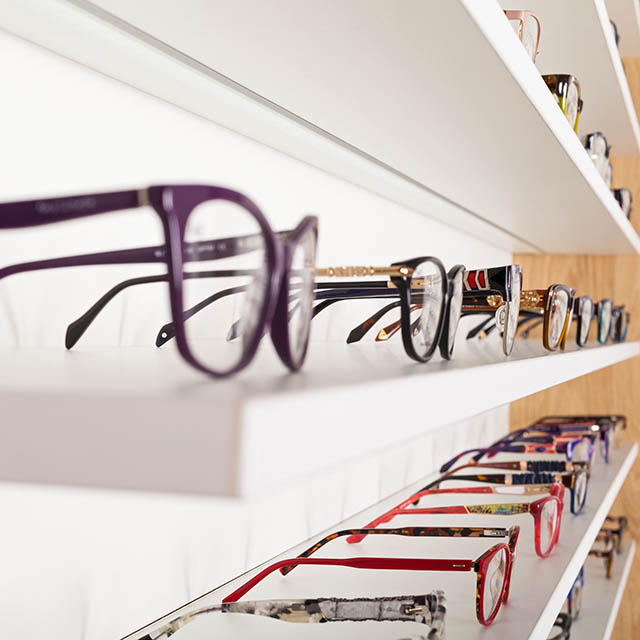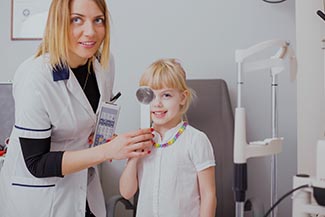Brooks Eye Center & Optical: Where Vision Meets Precision
Your vision is our utmost priority. Our dedicated team of optometrists and technicians is here to ensure that you receive individualized, exceptional eye care. Whether it's a routine check-up or specialized treatment, know you're in caring hands.
Eye Exams in Columbus & Much More
We are all about meeting your eye health needs. Our range of services caters to individuals of all ages. From thorough eye exams to precise vision tests, diagnosis and management of eye conditions, to immediate attention for eye emergencies — we've got you covered. Our experienced optometrists also provide tailored eyewear prescriptions and co-manage corrective laser eye surgeries. Reach out to our office to schedule an appointment that suits you.
Eye Care Services Offered At Brooks Eye Center & Optical:
-
Regarding eye exams at Brooks Eye Center & Optical, it's about more than updating your prescription. Find out what our optometrists screen for, what to expect during your visit, the advanced technology we use, and special considerations for pediatric and infant eye care.
-
Our eye doctors have the latest technology and lots of experience with eye infections, scratched eye, something stuck in your eye, painful or stinging eyes and many other types of eye infections.
-
Dry Eyes is a condition that can include many symptoms that cause discomfort, impair vision and limit your ability to go about your daily life
-
According to experts, 80% of learning is visual, which means that if your child is having difficulty seeing clearly, his or her learning can be affected.
We Also Offer These Services:
Meeting Your Eye Health Needs with Current Technology
At Brooks Eye Center & Optical, we leverage cutting-edge technology to ensure you receive the highest standard of eye care. Our state-of-the-art equipment complements our team’s commitment to your visual well-being





